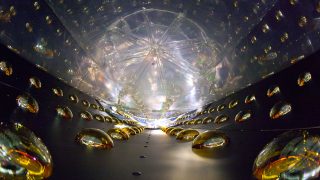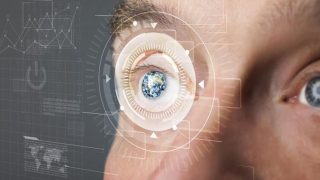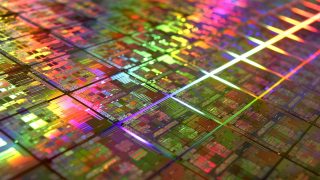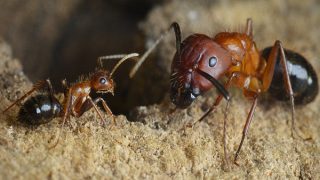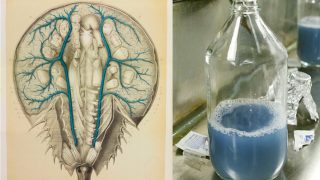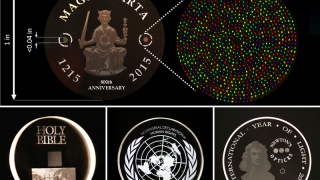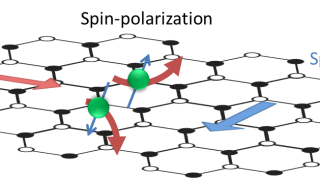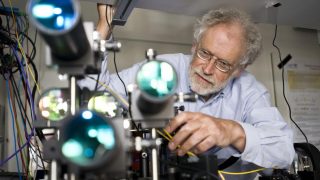
The loophole-free quantum entanglement experiment (3): The detection loophole
Let ‘s continue with the story of the development of the loophole-free Bell experiment. As we discussed in the first post, it is possible to prove that the universe is either non-real, meaning that the outcomes of some experiments can only be predicted statistically, or it is non-local, meaning that there are signals that propagate […]

